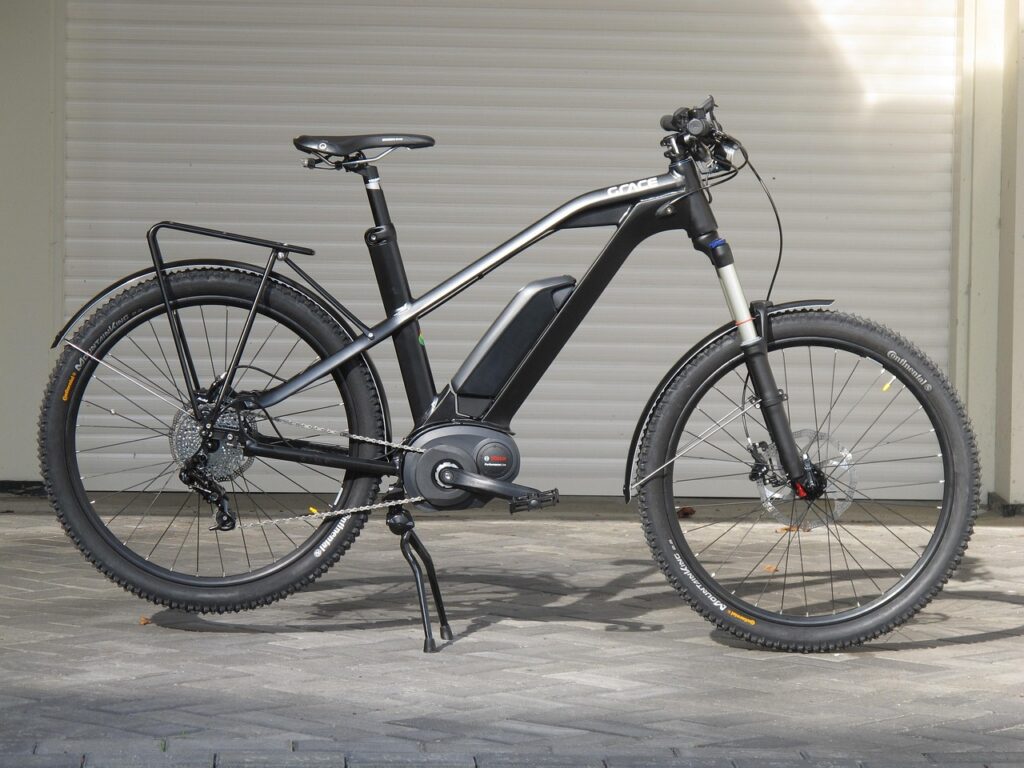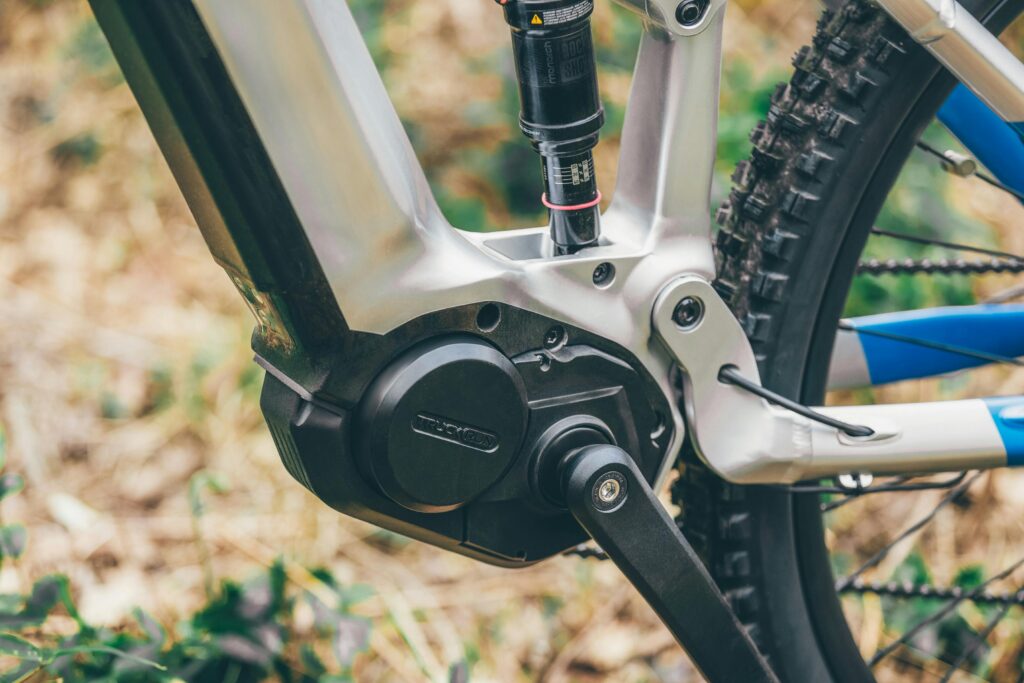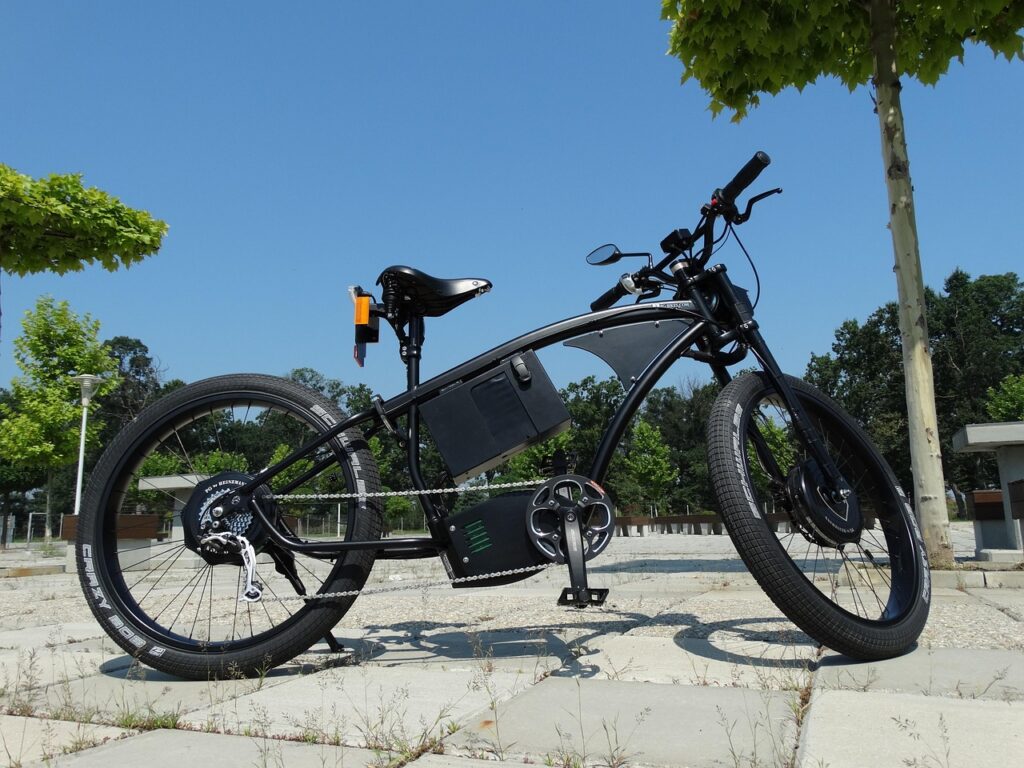Electric bicycles (e-bikes) are becoming one of the most popular choices for eco-friendly commuting, fitness, and outdoor adventure. At the heart of every e-bike lies its battery—the power source that determines how far and how well your bike will perform. Choosing the right e-bike battery is essential for ensuring safety, efficiency, and long-term reliability.
In this guide, we will explore everything you need to know about selecting the perfect e-bike battery, including voltage, capacity, compatibility, weight, and charging considerations. Whether you are a first-time buyer or looking to upgrade your current e-bike battery, this article will give you the insights needed to make an informed decision.
1. Understanding the Basics of E-Bike Batteries
Before choosing a battery, it’s important to understand the fundamentals:
- Voltage (V): Voltage determines the power of the motor. Common options include 36V, 48V, and 52V. Higher voltage generally provides stronger acceleration and climbing ability.
- Capacity (Ah): Measured in amp-hours (Ah), capacity affects the riding range. A higher Ah rating means your e-bike can travel farther on a single charge.
- Watt-hours (Wh): Watt-hours are calculated by multiplying voltage by amp-hours (V × Ah). This number gives you a clearer picture of the actual energy stored in the battery.
For example:
A 36V 17.5Ah battery = 630Wh. This means your e-bike could typically run for 30–70 km depending on terrain, rider weight, and pedal assistance level.

2. Choosing the Right Voltage for Your Riding Style
The right voltage depends on your motor type and riding needs:
- 36V batteries: Best for city commuting, casual rides, and e-bikes under 500W. Ideal for beginners and cost-effective models.
- 48V batteries: Provide more torque and power, suitable for hills, longer rides, and motors between 500W–750W.
- 52V batteries: Advanced performance for powerful motors above 750W. Great for heavy riders, steep terrains, and speed enthusiasts.
Tip: Always check your e-bike motor’s voltage rating before purchasing a new battery. Using the wrong voltage can damage your system.

3. Battery Capacity and Riding Range
The higher the amp-hour (Ah) capacity, the longer your e-bike will run before needing a recharge.
- 10–13Ah: Short city commutes (20–40 km).
- 14–17Ah: Medium range (40–70 km).
- 18–21Ah: Long-distance touring (70–100+ km).
Your range will also depend on:
- Pedal-assist vs. throttle usage
- Rider weight and cargo load
- Road conditions (flat roads vs. hills)
- Tire pressure and riding style
If you plan frequent long rides, investing in a higher-capacity battery is worth the extra cost.
4. Battery Shape and Mounting Options
E-bike batteries come in different shapes and mounting styles:
- Silver Fish Batteries: Sleek design, commonly mounted on the downtube. Easy to remove and recharge.
- Rear Rack Batteries: Mounted above the rear wheel, often used for step-through bikes.
- Integrated Frame Batteries: Hidden inside the bike frame for a modern, clean look.
Choose a style that fits your e-bike’s frame and offers convenient charging and removal.

5. Safety and Quality Considerations
Battery safety should always come first. Look for:
- High-quality lithium-ion cells (brands like Samsung, LG, Panasonic are trusted).
- BMS (Battery Management System): Protects against overcharging, overheating, and short circuits.
- Certifications: CE, UL, or RoHS certifications ensure compliance with international safety standards.
Cheap, unbranded batteries may save money upfront but often pose risks such as overheating, short lifespan, or even fire hazards.
6. Charging and Maintenance Tips
To extend your e-bike battery’s lifespan, follow these best practices:
- Charge your battery after each ride if possible.
- Avoid deep discharges (running to 0%). Keep charge between 20–80% for optimal longevity.
- Store batteries in a cool, dry environment (avoid extreme heat or freezing temperatures).
- Use only the original charger provided by the manufacturer.
With proper care, a high-quality e-bike battery can last 3–5 years or 500–1,000 charge cycles.
7. Cost vs. Value – Finding the Balance
E-bike batteries can range from $200 to $800+ depending on voltage, capacity, and brand. While it may be tempting to go for the cheapest option, consider long-term value:
- Higher quality = longer lifespan.
- Reliable range = fewer worries during rides.
- Better safety = peace of mind.
Investing in a reputable battery ensures better performance, safety, and customer support.

8. Compatibility with Your E-Bike
Not all batteries fit all e-bikes. Before purchasing, check:
- Motor wattage and voltage requirements
- Battery connector type
- Mounting compatibility with your frame
- Space availability for the battery size
If you’re unsure, contact the manufacturer or seller to confirm compatibility before buying.
9. Sustainable and Eco-Friendly Choices
More riders are choosing eco-friendly commuting with e-bikes, and sustainability in batteries is becoming important. Look for:
- Manufacturers that use recyclable battery materials
- Companies offering battery recycling programs
- Energy-efficient designs that maximize riding distance per charge
Choosing a greener battery solution not only benefits your rides but also reduces environmental impact.
Conclusion
Selecting the right e-bike battery is a crucial step toward maximizing your riding experience. Consider voltage, capacity, safety, compatibility, and long-term value before making a decision.
If you are a daily commuter, a 36V 13Ah battery may be enough. But if you enjoy long-distance rides or own a powerful motor, you may want a 48V 17.5Ah or higher capacity battery. Always prioritize safety, quality, and reliability when investing in a new battery.
By making the right choice, your e-bike will deliver smoother rides, longer ranges, and greater performance—empowering your journey toward sustainable and enjoyable mobility.